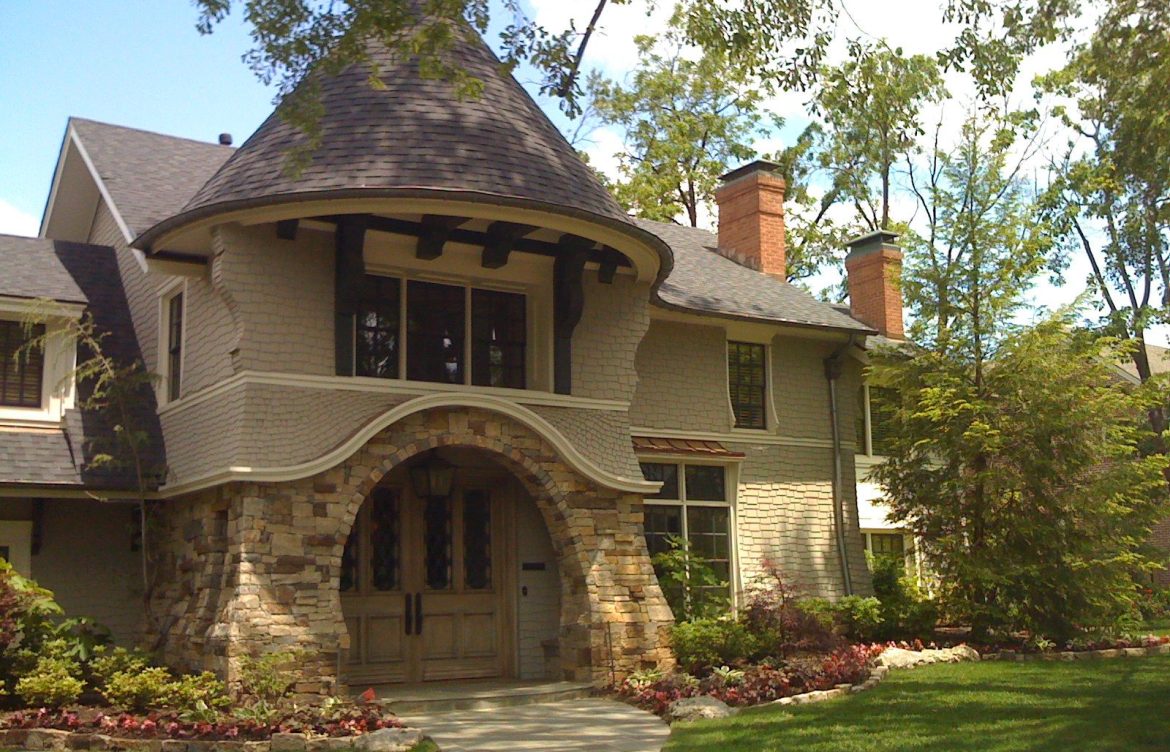
The Design-Build Process – A Guide
The process of designing and building a structure can be an overwhelming and complicated endeavor. However, with the right approach and guidance, it can also be a rewarding and fulfilling experience. One approach that has become increasingly popular in recent years is the design-build process. This method of project delivery from Bowman Remodeling involves a single entity for both the construction and design of a project. It is a collaborative process that can streamline the overall project timeline and improve communication between all parties involved.
Conceptualizing ideas to construction
The design-build process is a comprehensive approach to construction that integrates the conceptualization, design, and construction phases of a project. One of the first steps in the design-build process is conceptualizing ideas and turning them into a viable construction plan. This typically involves identifying the client’s needs and objectives, establishing a project budget, and developing a design concept that meets both of these requirements.
Once the design concept has been established, the design-build team will begin to create detailed plans and specifications, including architectural drawings, engineering plans, and construction documents. These documents will serve as the blueprint for the construction process and will ensure that the project is completed on time, within budget, and to the client’s satisfaction. Through this process of conceptualizing ideas to construction, the design-build team is able to leverage their expertise and experience to create a streamlined, efficient construction process that delivers high-quality results.
Advantages of working with design-build
Design-build is a process that involves a single team handling both the design and construction phases of a project. This approach offers numerous advantages over traditional methods, where architects and contractors work separately. First and foremost, design-build can save significant time and money. By working with a single team, you can eliminate the need for multiple contracts, which can add up in terms of costs and project timelines.
Additionally, this approach fosters a more collaborative environment, allowing for easier communication, problem-solving, and decision-making. Since the design-build team is working together from the start, they can identify and address potential issues early on, preventing costly delays and changes down the line. Overall, the design-build approach can streamline the construction process, resulting in a faster, more efficient, and cost-effective project.
Steps involved in design-build
This approach streamlines the construction process by combining the design and construction phases into one cohesive effort. The design-build process typically involves three primary steps: pre-construction, design, and construction.
The first step, pre-construction, involves establishing a clear understanding of the project’s goals and requirements. This includes identifying the project’s scope, budget, and timeline, as well as any unique challenges or constraints that may impact the project’s design and construction. During this phase, the design-build team will also work to establish a clear communication plan and project management strategy to ensure all stakeholders are aligned throughout the project.
The second step, design, involves developing a comprehensive design that meets the project’s requirements and goals. This phase typically involves a collaborative effort between the design-build team and the project owner to ensure the design accurately reflects the owner’s needs and preferences. The design-build team will work to develop a design that maximizes efficiency, minimizes waste, and incorporates sustainable design principles where possible. The final step, construction, involves executing the design and building the project.
The design-build process is an efficient and effective approach to construction projects that saves time, money, and effort. By engaging in early collaboration between the design and construction teams, the design-build process ensures that the project is completed on time, on budget, and to the satisfaction of all stakeholders. With clear communication, streamlined decision-making, and a focus on innovation and problem-solving, the design-build process is an excellent choice for any construction project. Whether you’re a homeowner, a business owner, or a developer, consider the benefits of the design-build process for your next project.
